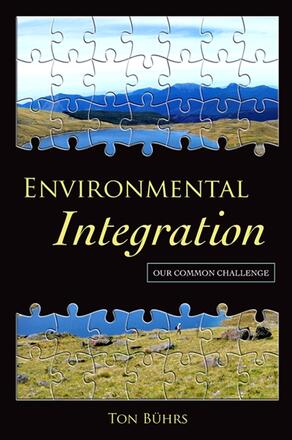
Environmental Integration
Our Common Challenge
Alternative formats available from:
A new and original way of looking at the challenge presented by environmental issues.
Description
The environmental challenges facing humankind can most effectively be met through environmental integration—incorporating environmental considerations into everyday human thinking, behavior, and practices, at both the individual and collective levels. Increasingly people and organizations throughout the world are taking the environment into account, but at the same time there is insufficient integration of attitudes, policies, and programs. People and groups have different, and often conflicting, views and interpretations of what is desirable or required to protect the environment. Environmental Integration looks at the ways that governments can play a crucial role in advancing, promoting, and shaping a singular, integrated environmental policy.
Ton Bührs is Senior Lecturer of Environmental Policy at Lincoln University in New Zealand and coauthor (with Robert V. Bartlett) of Environmental Policy in New Zealand: The Politics of Clean and Green?
Reviews
"Bührs offers a highly original and provocative approach to a hugely important topic and area of public policy, academic inquiry, industrial activity, and human endeavor. Most of the key literature and analytical approaches generated in the developed world over the past four decades are engaged, and thus the book will likely be taken up quite widely in the academic world. " — Glen Toner, editor of Innovation, Science, Environment: Canadian Policies and Performance, 2008–2009